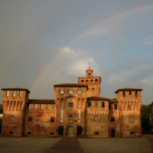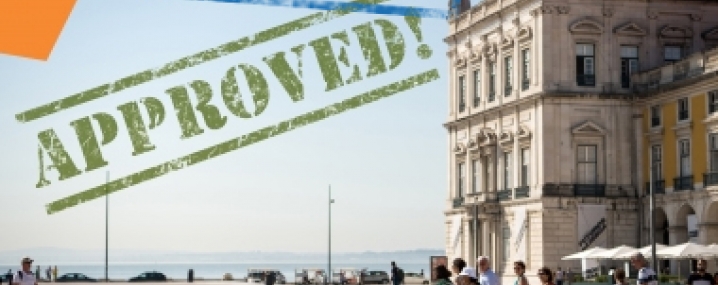
Cento
When we talk about Cento, two things come to mind: its historical Carnival and the fact of being the birthplace of Guercino, one of the most important painters of the Italian Seicento. A city rich in art and history, Cento is located in the province of Ferrara and has played a central role in the culture and economy of the past. In fact, it is considered a small capital of art, cuisine and economy, all to be discovered.
Cento grew from its origin as little fishing village to an established farming town in the first few centuries after the year one thousand.
In 17th and 18th centuries Cento experienced a golden age of architectural and urban renewal. In this period important Academies were founded, the Baroque style became predominant in the buildings and churches and the town took a noble appearance.
At the beginning of the nineteenth century the city was part of the Napoleonic kingdom. Many of its works were stolen and brought to France. Only returned in 1815 when Cento returned to the Papal state. Many works, however, did not return, among them there would be Guercino’s “San Francesco d’Assisi”, which is now in the Louvre museum, “La Gloria del Paradiso” also by Guercino, today at the Musée de Toulouse and other works.
The “Blessing Madonna and Child” from 1628, in the Civic Art Gallery, which is located next to the church of San Biagio, is one of the works by Guercino that remain and can still be admired.
The art treasures and monuments of Cento are found above all in its historic center, which has long arcades typical of many cities in Emilia Romagna. Among the significant places, the 14th century fortress, the defensive structure built at the end of the 14th century by the will of the bishop of Bologna, which later became a prison. The Municipal Theater is also noteworthy, with its façade characterized by orange and yellow polychrome band decoration and a rich terracotta ornamentation.
And then Guercino Square with the Palazzo Comunale and the Palazzo del Governatore wanted by the Estense family, on the occasion of the marriage between Alfonso I d’Este. and Lucrezia Borgia. And also the Church of the Rosary, Guercino’s place of election, who designed the facade.
The terrible earthquake that hit Emilia in May 2012 caused a lot of damage to some monuments. The church of San Martino di Tours in Buonacompra di Cento collapsed, and many were damaged and closed to the public.
They await a radical restoration intervention and their return to the use of the public. For a period, many works of art were also moved and kept in closed places, just to preserve them from possible calamities.
Carnival of Cento is one of the most important and well-known events. It is a very old festival. It has its roots in history. The exact age and origin of the Carnival of Cento are unknown, but it dates back at least to the 17th century as depictions of scenes from the Carnival can be found on frescoes by Guercino.
But while for centuries carnival celebrations were organised mostly for the fun of the locals, in the late 1980s the Carnival in Cento was turned into an event of international relevance.
It is an emblem of Italianness in the world, for its parades, its huge papier maché wagons that cross the historic center accompanied by music. And then the launch of inflatables and stuffed animals from each cart. The last parade ends with the traditional burning of the local mask “Tasi” accompanied by fireworks.
Cento is nowadays an important industrial and entrepreneurial pole with companies operating at international level especially in the field of on-road and off-road high performance industrial engines and renewal energy.
SOME RELATED NETWORKS
ActiveCitizens
Article



